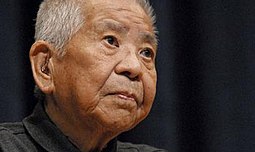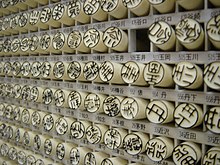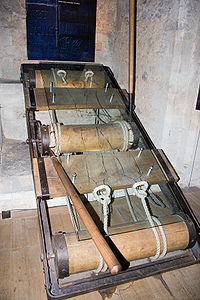No Free Will
In Colombia, there is a belief that angel trumpet robs you of your free will and this sinister plant, "burundanga", as they call there, is often used by criminals who wish to make someone more compliant and do their bidding, like hand over all their money or perform a criminal action.
Yet, in Columbia, this plant has also been used for hundreds of years in religious ceremonies. And interestingly, Josef Mengel, the Nazi "angel of death" used it too, believing it to be a truth serum enabling the Nazi's to obtain information from those who were unwilling to provide the required information.
In Columbia, the police deal with over 1000 cases each year of people who are turned temporarily into zombies by angel trumpet. But how do the alkaloids in this plant bring about such effects?
The alkaloids in angel trumpet block neurotransmission in the brain, so people are not really aware of what is happening to them, or what they are doing. Then, after the drug wears off, many people experience profound amnesia.
Believe it or not, people can become so submissive when using this plant, that they help others to rob their own houses or hand over their children willingly to kidnappers. There was also one case, where three young women from Bogota smeared their breasts with the plant in order to lure men to lick them. Then, when the men were in a suitable zombified state, the women obtained bank access details.
Witches Potions
Scopolamine, one of the alkaloids in the angel trumpet plant, was also believed to be an essential ingredient of witches potions and sorcery. It seems that some of the other common effects of this substance are the feeling that you are flying and if applied to the skin, hallucinations of gods or spirits develop. The loss of self-awareness and self-control, is the part that makes you a zombie.
Books To Read
Unthinkable: What the World's Most Extraordinary Brains Can Teach Us About Our Own, by
Helen Thomson.









%2C_em_maio_de_2011.jpg)








